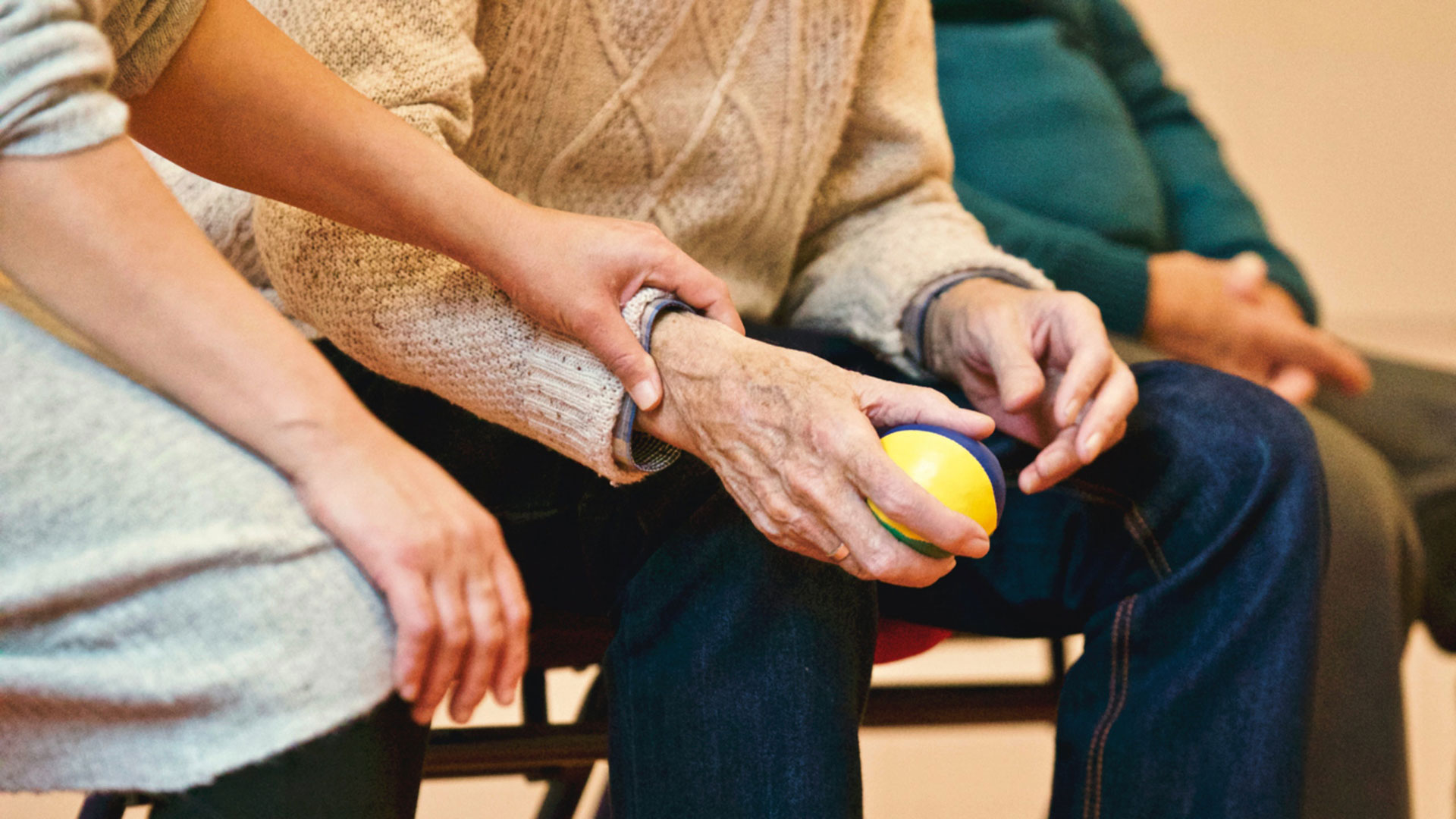
Minimizing Fall Risks in Nursing Homes
by Jeffrey J. Kroll
Unfortunately, millions of people aged 65 and over experience falls every year. According to the Center for Disease Control and Prevention, more than 25% of these adults who experience falls will suffer injuries. What is equally frightening, the rate of falls is close to twice as high for nursing home residents as it is for others. Yet, there are several ways nursing homes can minimize fall risks for their patients.
The Chicago Nursing home lawyers at Kaveny + Kroll are dedicated to keeping your family members or loved ones safe. We can discuss how nursing homes can and should minimize fall risks. We can also discuss what to do if the nursing home fails to meet their responsibilities.
Most falls at nursing homes are caused by a combination of various risk factors. The risk factors may be due to medical issues, maintenance issues or other related issues. For example, the following can and often will contribute to nursing home falls:
- Loose carpeting or flooring
- Throw rugs
- Tripping hazards
- Foot pain or foot problems
- Poor footwear
- Balance or walking difficulties
- Medications which could impact balance
- Slippery floors
- Lower body weakness
Many of these risk factors can be reduced or eliminated by paying careful attention to them. Whether they like it or not, nursing homes have a legal duty to keep their residents safe. Nursing homes will typically have protocols, rules, and various policies to address fall risks and minimize the likelihood of such injuries. A nursing home can be liable to prevent a fall when they fail to implement certain procedures such as:
- Removing clutter from the floor
- Quickly cleaning up after spills
- Failing to install grab bars in resident rooms and bathrooms
- Conducting a fall assessment when a new resident arrives at a nursing home
- Failing to provide residents with walkers or wheelchairs, when required
- Failing to properly identify residents with fall risks and closely monitoring them
- Failing to closely monitor residents with Alzheimer’s or dementia
Nursing homes may be liable for a resident’s injuries due to a fall when it is due to their negligence. This includes not providing adequate safeguards for its residents or failing to correct a known or foreseeable hazard. There are several scenarios which could result in the nursing home being found responsible for a resident fall, including, but not limited to:
- Failing to properly train staff members
- Failing to properly monitor residents
- Understaffing
- Fail to safely transfer a patient
- Medication errors
If a family member or loved one has sustained a fall in a nursing home that you believe was caused by the nursing home’s conduct, the nursing home attorneys at Kaveny + Kroll are here to help. We can conduct a detailed investigation to determine which factors may have contributed to the injuries and attempt to hold all responsible parties accountable for their conduct.

